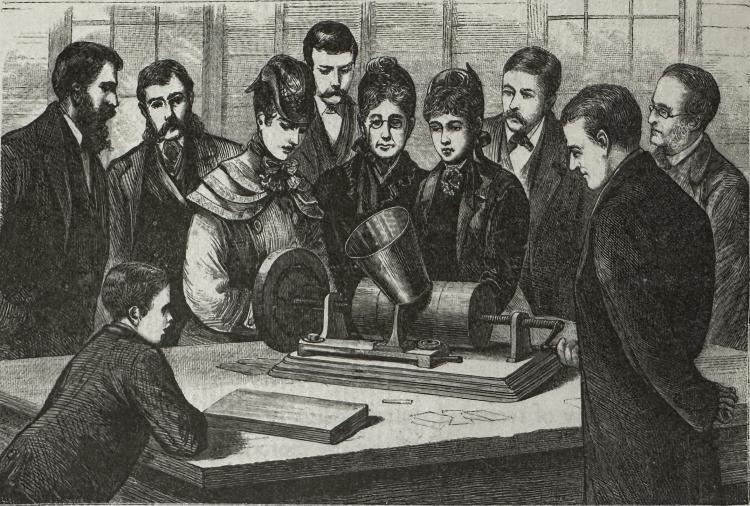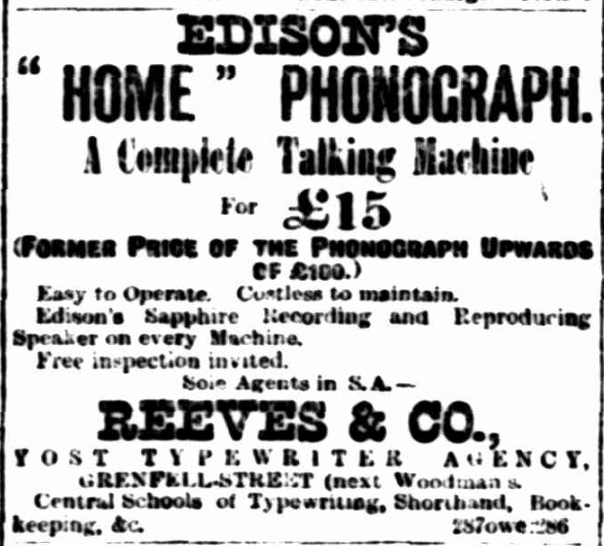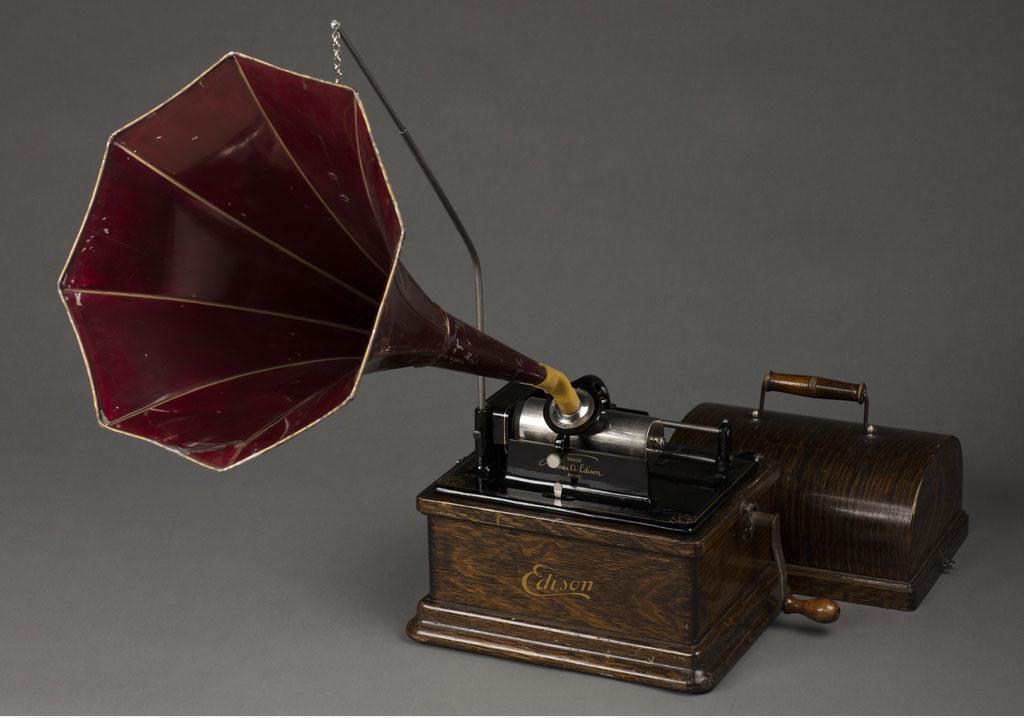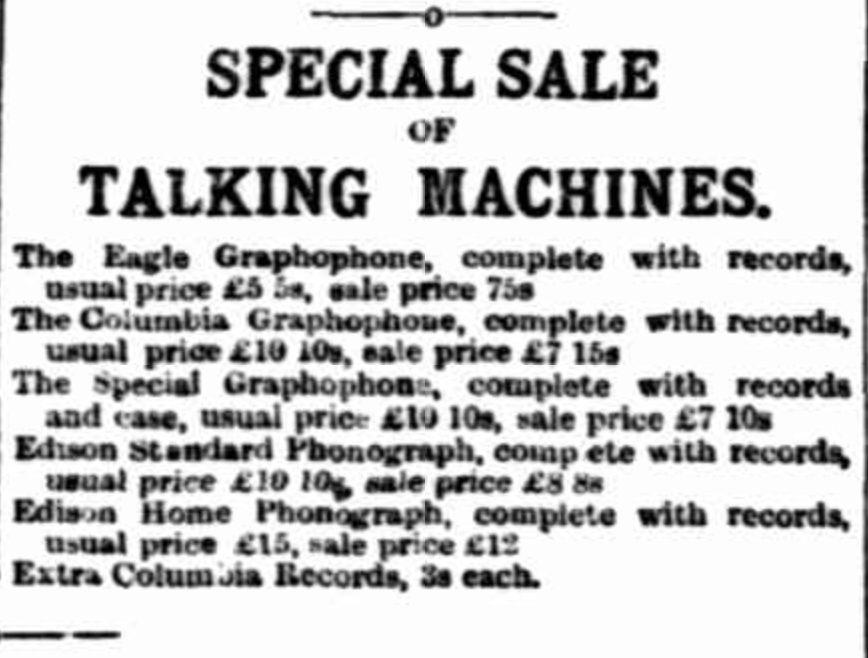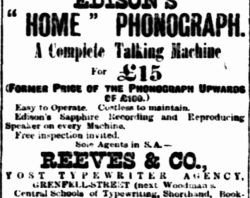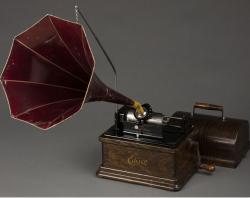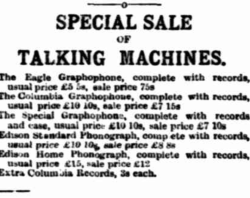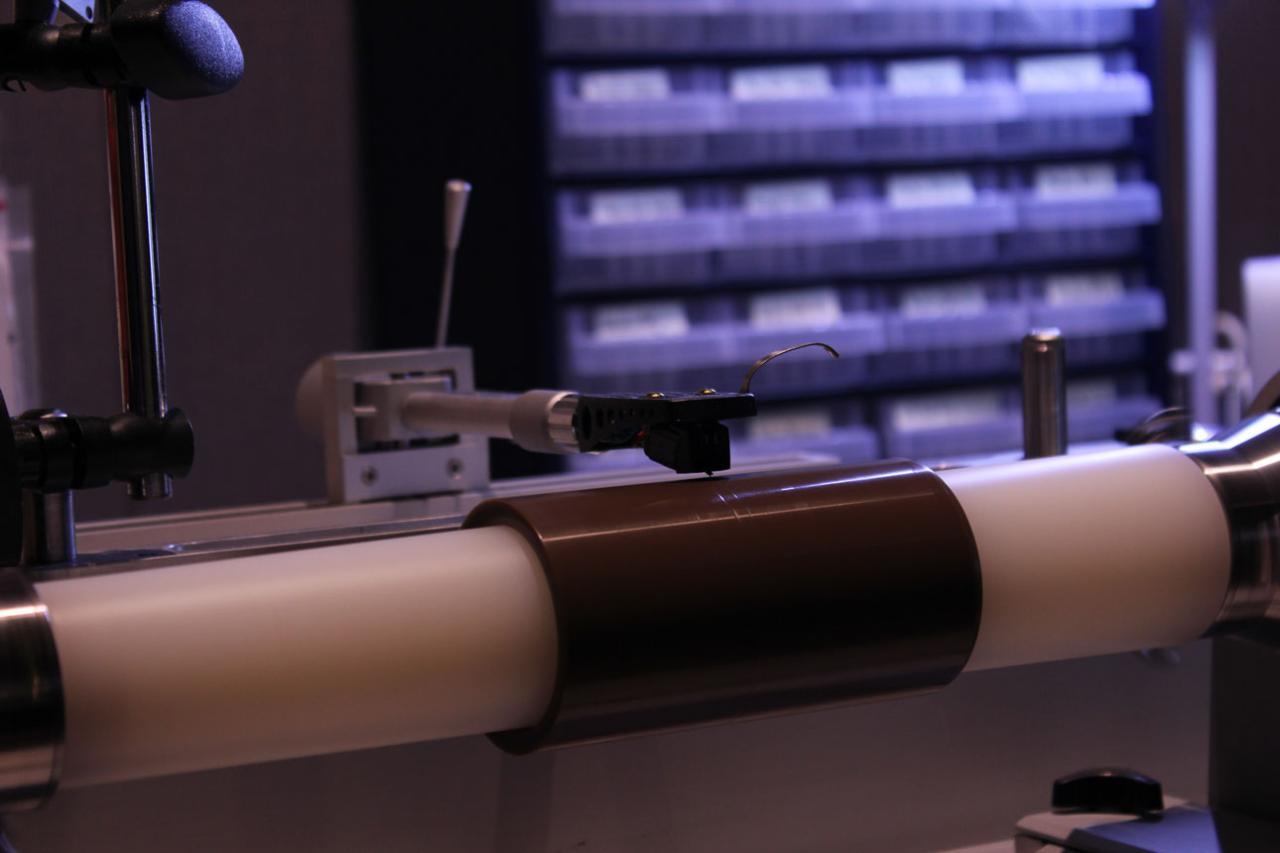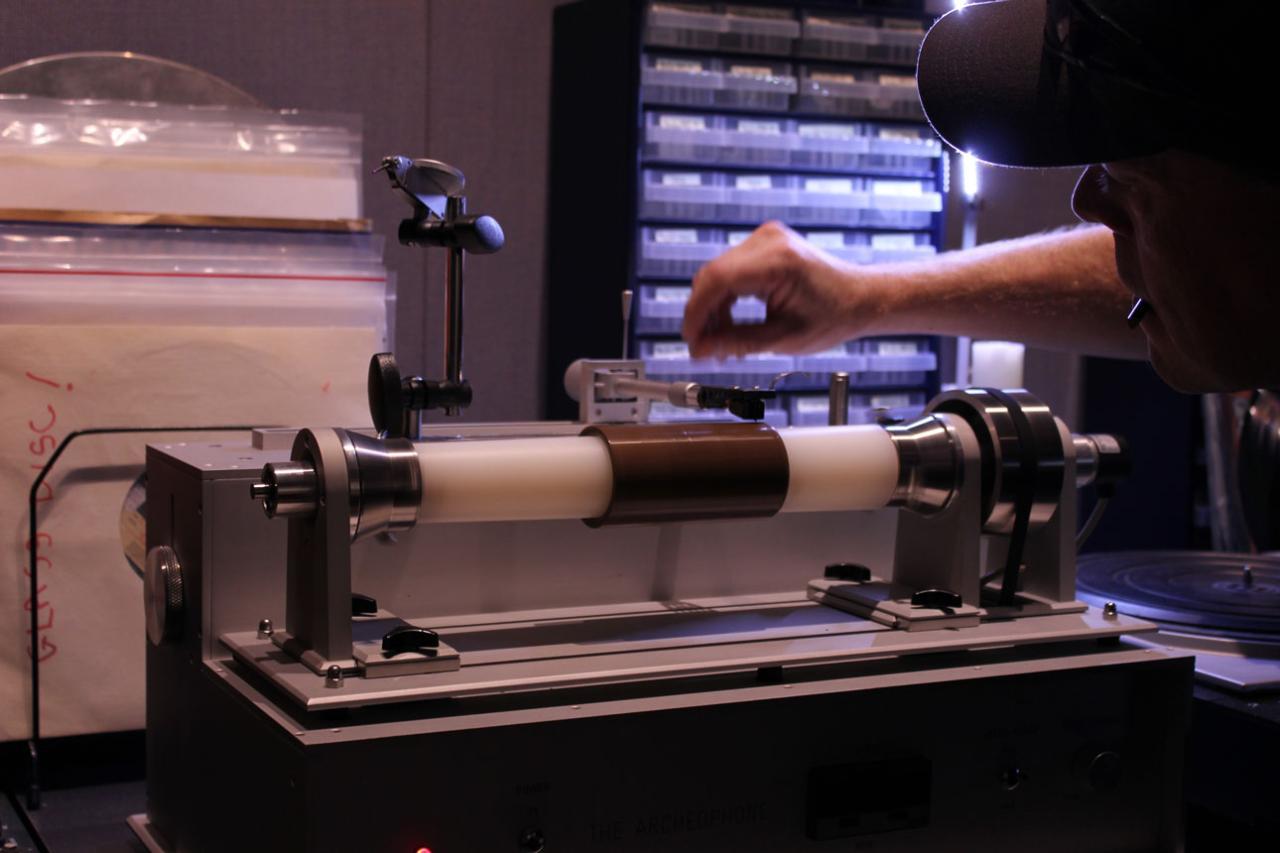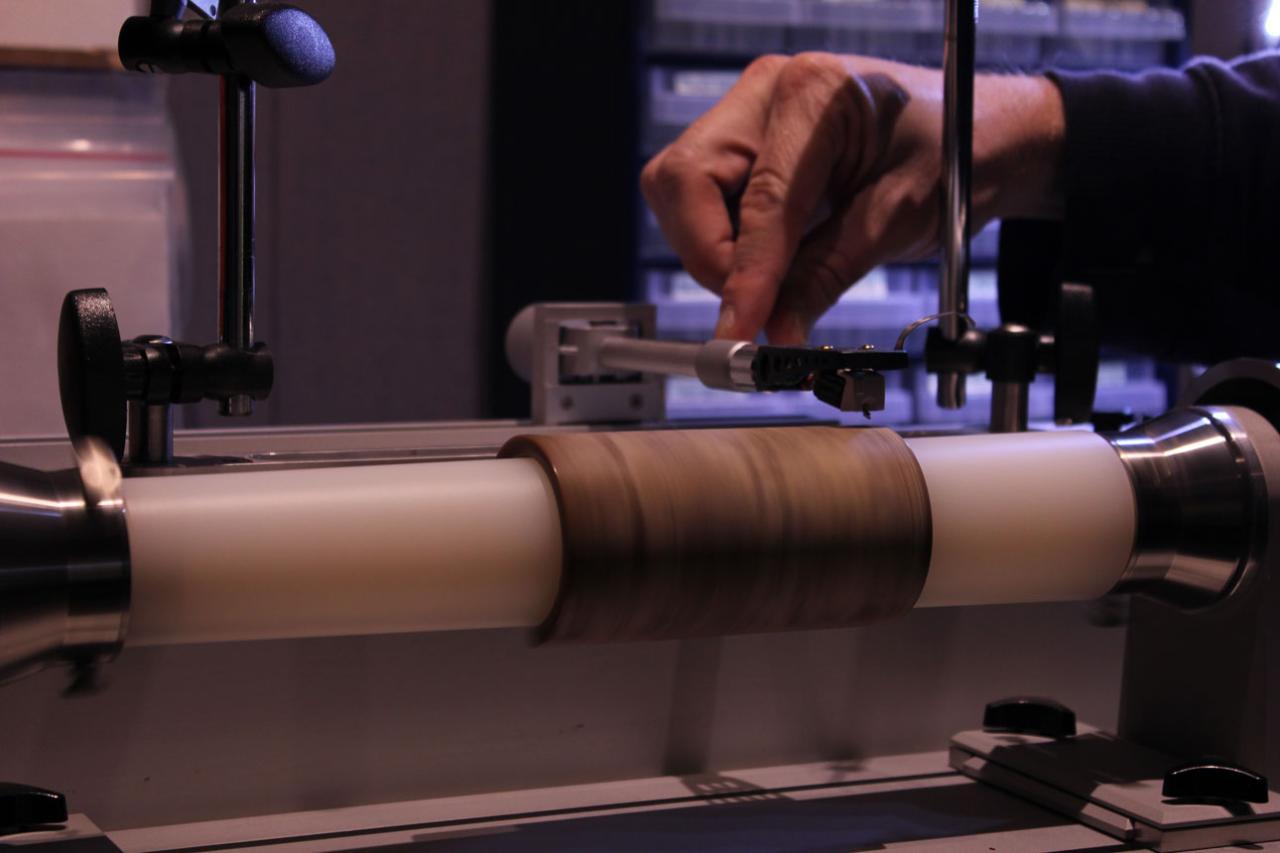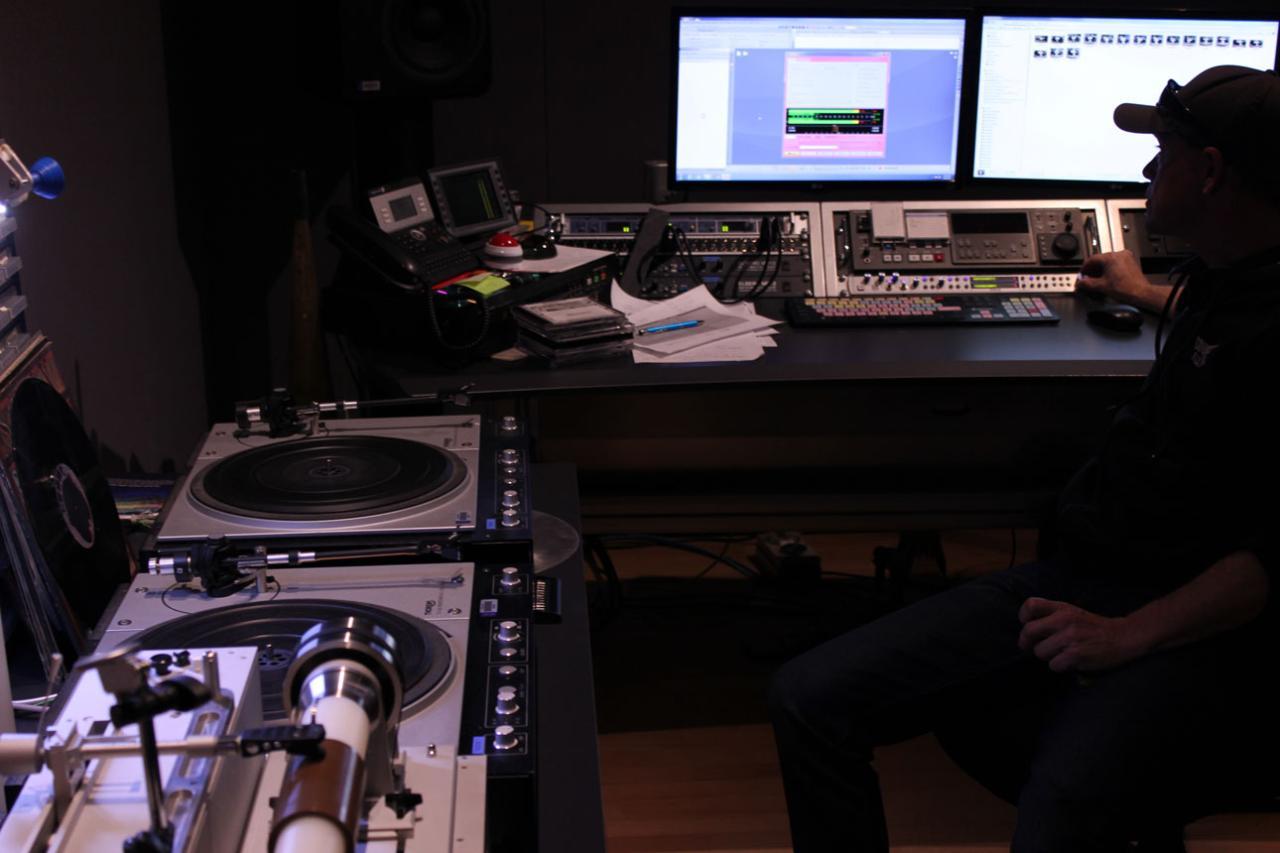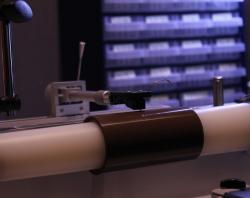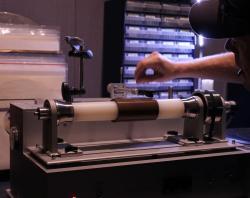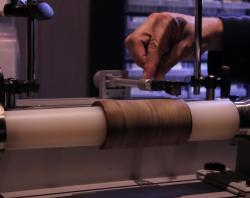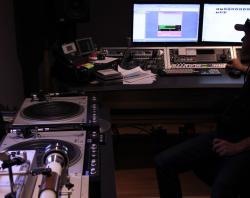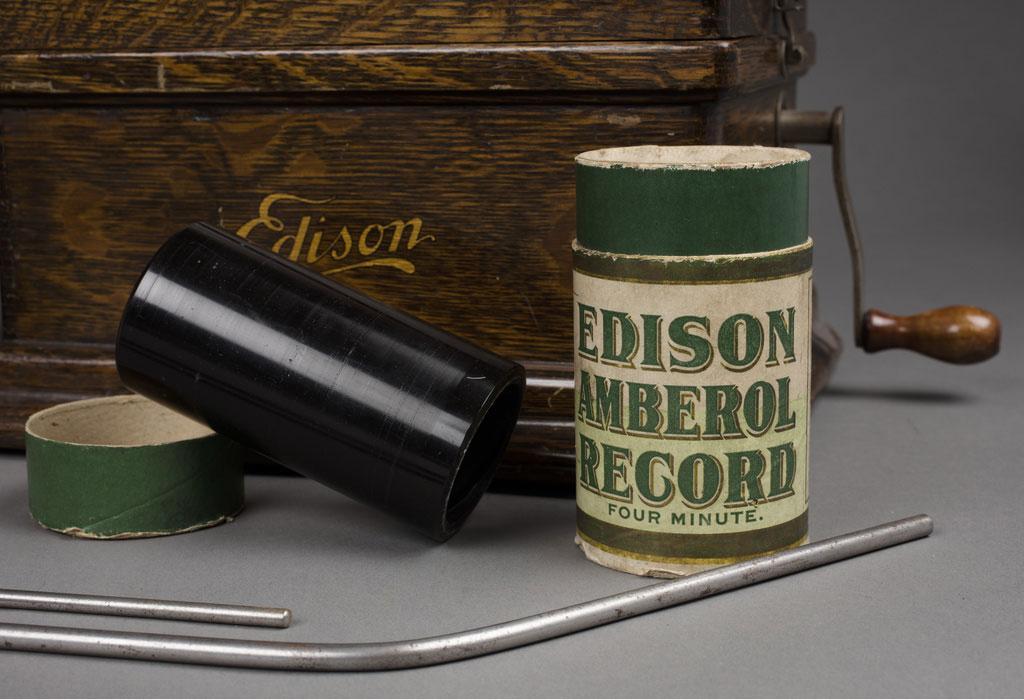
Voices captured in wax: digitising wax cylinder recordings from 1901
Preserving our South Australian audio visual heritage collection.
This cylinder featured below is the oldest South Australian audio recording we hold in the State Library collection.
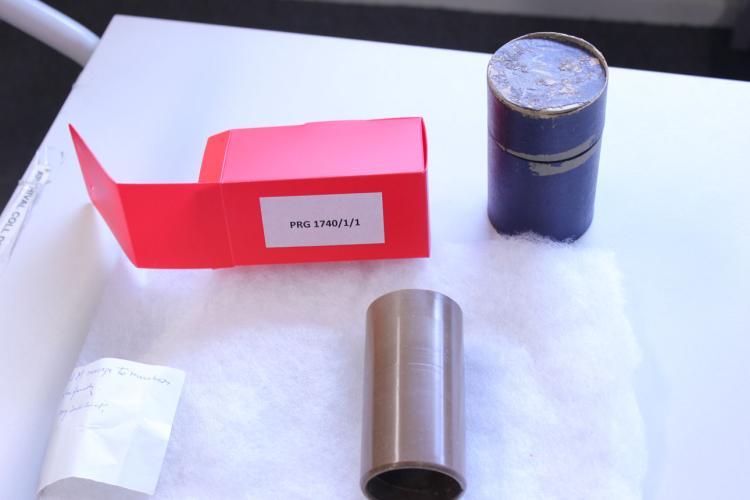
It was recorded on 7 January 1901 and features Thomas James Mitchell who recorded a spoken message to his family. The recording is extremely scratchy and very faint, making it quite hard to hear exactly what the recording is, but if you listen closely, you can hear Mitchell's voice:
In 2019 the descendants of Thomas Mitchell donated to the State Library several cylinders of original recordings made by him and his family, as well as some commercially recorded cylinders of popular music of the time.
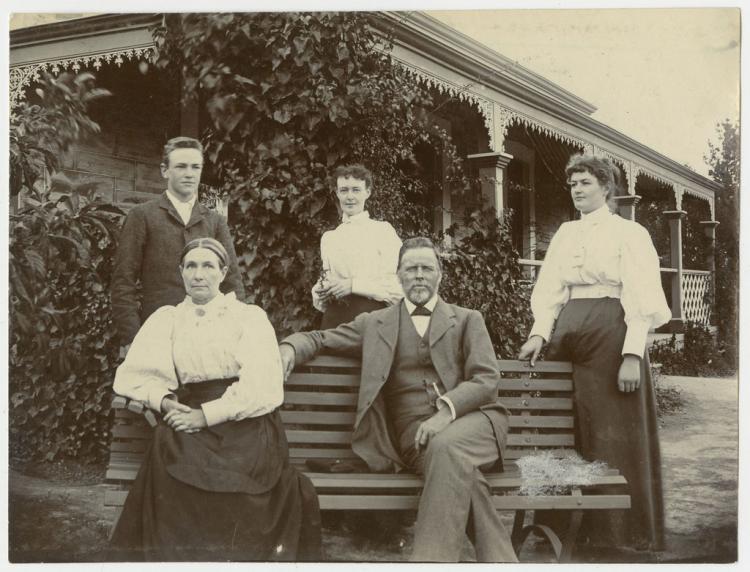
We are lucky enough to have on loan the actual cylinder recorder used to record these cylinders owned by his great-great grandson, Derek Mitchell.
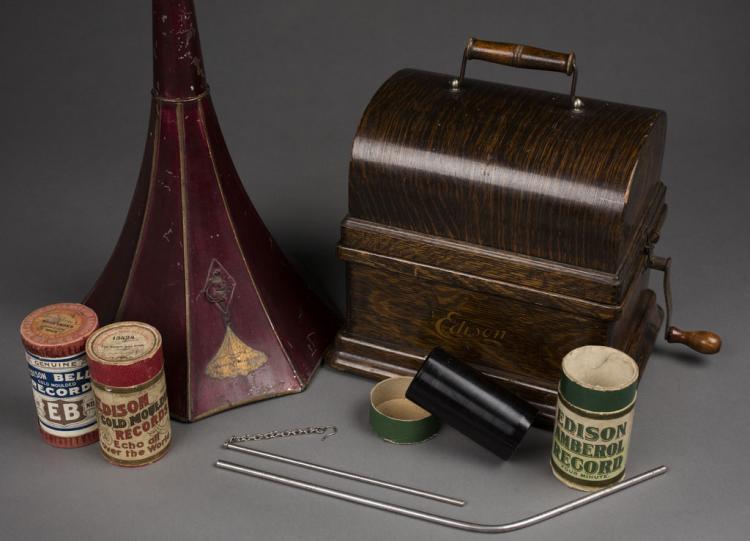
In 2019 we took the cylinders to the National Film and Sound Archive to have them digitised using their Archéophone cylinder player.
Spoken word was difficult to record because the sound waves did not move the diaphragm on the phonograph very much. Louder singing wiggled the needle more and therefore made a much better recording like this one of Thomas Mitchell singing the hymn Rock of Ages:
There are also some poetry recordings on the cylinders which illustrate the way people used to speak in the early 1900’s - it’s like listening through a window to the past. The following recording is Harriet Rebekah Mitchell, Thomas Mitchell’s third wife, reciting the poem Crossing the Bar:
The Thomas James Mitchell collection contained quite a few commercial records which gives insight into what the family was listening to at the time, including Australian bass-baritone and songwriter, Peter Smith Dawson:
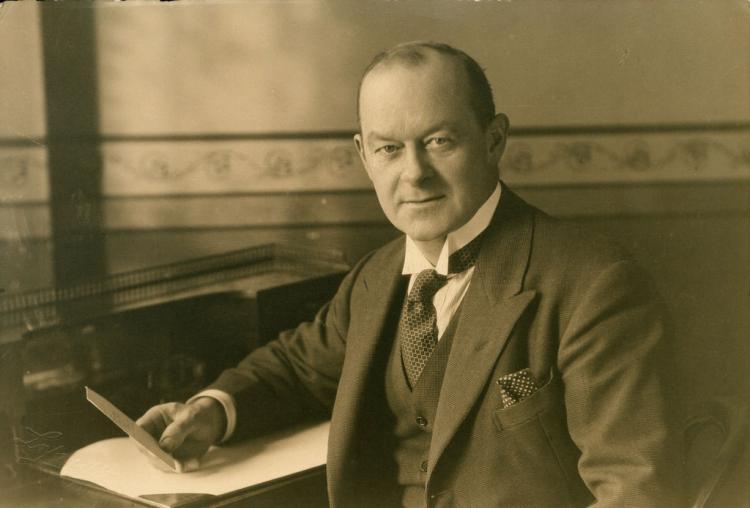
Dawson was born in Adelaide during 1882 and as a child attended the East Adelaide Public School and then Pultney Grammar School. He first studied singing under the later CJ Stevens of Adelaide and then in England 1902-06 under Sir Charles Santley, London. His first phonograph recording was in 1903, followed by his first gramophone record released in 1904. A popular and prolific artist, he recorded over 2000 titles for the gramophone. Ten million recordings of his voice had been sold by 1930.
More to explore
Discover more of our audio-visual treasures on the Digital collections website and the State Library's YouTube channel.
Photographs of the Edison phonograph and wax cylinders, SLSA: D 8827(Misc)
Thomas James Mitchell is featured in this article: Australian Christian Commonwealth (SA : 1901 - 1940), Fri 23 May 1902, page 13 A Methodist Veteran.
Rubery, M 2016, The Untold story of the talking book, Harvard Press, Massachusetts
